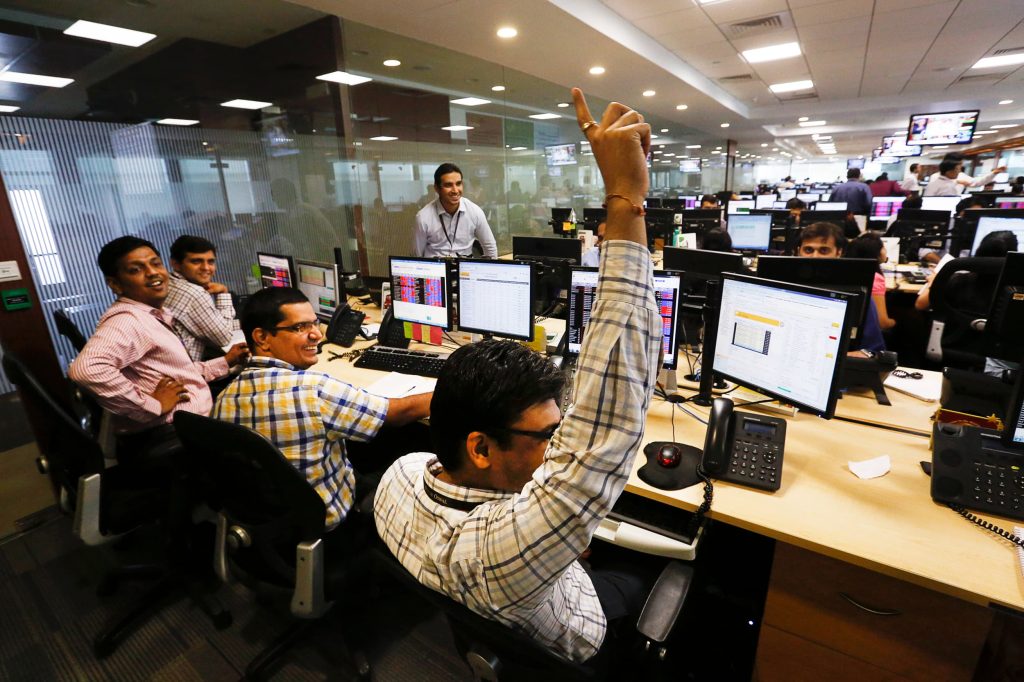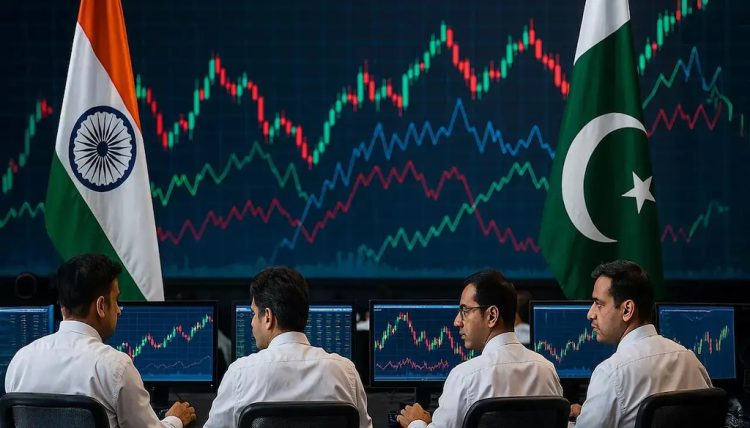Over the past year, global investors have increasingly shifted their attention — and capital — toward emerging markets showing structural resilience and domestic-driven growth. Two standouts in this trend are India and Brazil, whose stock markets have not only outperformed many peers but also seen a significant acceleration in capital inflows. Their strong momentum raises a pivotal question:
Can India and Brazil outshine Asia’s traditional giants like China, South Korea, and Taiwan in the battle for global capital and influence?
This article takes a deep dive into the underlying forces driving fund flows into India and Brazil, how they compare with Asia’s established markets, and what this capital rotation might signal about broader macroeconomic shifts.
Capital Is Moving — And It’s Moving Fast
Recent data from global fund trackers and institutional flow monitors shows a marked uptick in equity inflows into both India and Brazil since mid-2024. Key figures include:
- India: Foreign Portfolio Investment (FPI) in Indian equities surged past $35 billion in the first half of 2025, buoyed by political stability, robust GDP growth (projected at 7.2%), and rapid digitization of its economy.
- Brazil: Riding on the back of a commodities resurgence, stable interest rates, and renewed fiscal discipline, Brazil’s B3 stock exchange has seen record net inflows from global asset managers, particularly into energy, agribusiness, and financial sectors.
While capital rotation is cyclical in nature, the speed and breadth of the inflows into these two economies indicate that something more fundamental may be underway.
Why India and Brazil? The Case for Outperformance
1. Demographics and Domestic Demand
India and Brazil both have large, youthful populations and growing middle classes — in stark contrast to the aging demographics of East Asia. Investors are betting on domestic consumption stories, which offer a degree of insulation from global trade and geopolitical tensions.
- India’s e-commerce, fintech, and consumer goods sectors are scaling rapidly with digital infrastructure expanding across urban and rural areas.
- Brazil’s banking sector is being transformed by homegrown fintechs, while consumer credit growth is rebounding steadily.
2. Political and Fiscal Stability
Compared to ongoing political uncertainty in several Asian markets, India and Brazil currently enjoy relatively stable leadership and policy direction. This political clarity translates into more predictable macroeconomic planning and investor confidence.
- India’s pro-reform government has doubled down on infrastructure, privatization, and production-linked incentives (PLI), attracting long-term capital.
- Brazil’s recent central bank reforms and fiscal balancing efforts have restored credibility with institutional investors.
3. Sectoral Strengths in Global Rotation Themes
Both India and Brazil are riding long-term thematic waves that align with global macro trends:
- India: Tech services, renewable energy, manufacturing diversification (as firms move supply chains out of China), and pharmaceuticals.
- Brazil: Commodities (oil, iron ore, soybeans), energy transition plays (especially biofuels), and industrial automation linked to agriculture.
Asia’s Giants: Falling Behind or Just Pausing?
China’s Capital Market Fatigue
Once the default choice for EM exposure, China has experienced persistent capital outflows over the past 18 months. Concerns include:
- Structural slowdown and deflationary risks
- Opaque regulatory environment
- Geopolitical friction with the West, particularly around semiconductors and capital controls
While valuations are now more attractive in China, sentiment remains fragile — a situation that India and Brazil are currently capitalizing on.
South Korea and Taiwan: Tech-Heavy, But Vulnerable
Both economies remain integral to global supply chains — particularly in semiconductors — but their high export dependency and geopolitical exposure (e.g., U.S.-China tensions, Taiwan Strait risks) make them more sensitive to external shocks.
Moreover, cyclical slowdowns in global electronics demand have weighed on corporate earnings and dampened foreign interest.

Is the Shift Structural?
The acceleration of capital flows to India and Brazil may no longer be just a short-term reallocation. Several global macro factors suggest a more structural rebalancing of EM exposure:
- De-risking from China: Global funds are under pressure to diversify Asia allocations and reduce concentration risk.
- Dollar Cycle and Commodity Play: As the U.S. dollar shows signs of peaking, commodity exporters like Brazil benefit from improved trade terms, while India gains via reduced import costs.
- Deglobalization and Nearshoring: Both countries are positioned to benefit from shifts in global trade architecture — Brazil as a stable supplier to the West, and India as a production alternative to China.
Implications for Investors and Market Strategists
Portfolio Allocation
- Expect a reweighting in EM funds, with a growing tilt toward India and Brazil in multi-country allocations.
- Passive flows may continue to increase as both countries gain greater weight in MSCI EM indices.
Currency and Fixed Income Exposure
- Stronger currencies (INR, BRL) combined with improving inflation profiles make local currency bonds increasingly attractive.
- Carry trade appeal remains high in Brazil, while India’s bond market liberalization is drawing interest from sovereign and pension funds.
Risks to Monitor
- India: High equity valuations, potential overheating in select sectors, and external dependency on crude imports.
- Brazil: Political volatility, FX sensitivity, and fiscal risks despite recent discipline.
Conclusion: Spotlight Shifting, But Not Displaced
India and Brazil are clearly emerging as magnet markets for global investors seeking diversification, growth, and political visibility. While they may not completely “steal the spotlight” from Asia’s longstanding heavyweights like China, South Korea, and Taiwan, they are undeniably reshaping the capital allocation map in the emerging market universe.
As structural reforms deepen, macro fundamentals stabilize, and domestic demand strengthens, both economies are likely to enjoy prolonged investor attention. For global portfolios, ignoring the rise of India and Brazil could mean missing some of the most dynamic growth stories of the coming decade.





























